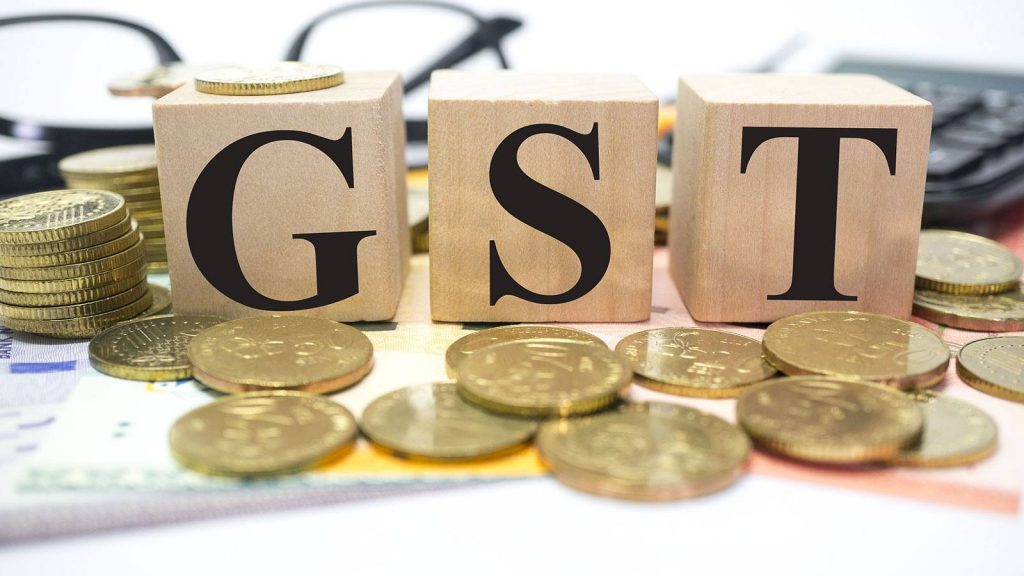Based on the various representations received from the trade and industry, the GST Council has recommended a number of measures pertaining to change in Goods and Services Tax rate and policy, including the GST rates on eateries and small traders. Some of these decisions, which have been implemented by the issuance of the requisite notifications and circulars, are as follows:
Rationalisation of GST policy measures:
* Increase in the aggregate annual turnover threshold for eligibility under the composition scheme from Rs 75 lakh to Rs one crore for 27 states (including Jammu & Kashmir and Uttarakhand).
* Increase in the aggregate annual turnover threshold for eligibility under the Composition Scheme from Rs 50 lakh to Rs 75 lakh for Special Category States (as specified in sub-clause (g) of clause (4) of article 279A of the Constitution) other than Jammu & Kashmir and Uttarakhand.
* Taxpayers having annual turnover of up to Rs 1.5 crore in the previous year provided with an option to file quarterly returns.
* Registered persons making supply of goods to make payment of tax on issuance of invoice and not at the time when advances are received.
* Suspension of the application of reverse charge mechanism under Section 9(4) of the CGST/SGST Acts, 2017 and Section 5(4) of the IGST Act, 2017 till March 31, 2018 for all categories of registered persons.
* Uniform rate of tax @1 per cent under Composition Scheme for manufacturers and traders. The turnover of taxable goods to be considered for eligibility for the Composition Scheme for traders.
* Supply of exempted services by Composition taxpayer will be allowed and the same will not be taken into account while computing the aggregate turnover.
* Amount of late fee payable for delayed filing of return in Form GSTR-3B by a taxpayer whose tax liability for the month was ‘Nil’ reduced to Rs 20 per day (Rs 10 per day each under CGST and SGST Acts) subject to maximum Rs 5,000 under each Act from October 2017.
* The amount of late fee payable for delayed filing of return in Form GSTR-3B by other taxpayers reduced to Rs 50 per day (Rs 25 per day each under CGST and SGST Acts) subject to maximum Rs 5,000 under each Act from October 2017.
* The filing of returns by the taxpayers has been simplified by continuing the GSTR-3B return up to March 2018. The filing of Form GSTR-2 and GSTR-3 has been kept in abeyance till further notice.
Rationalisation of GST Rates of Goods and Services
The GST rates on goods and services were fitted into 5 slabs, i.e. Nil, 5 per cent, 12 per cent, 18 per cent and 28 per cent, largely based on the pre- GST cumulative indirect tax incidence both of Central and state taxes, including the embedded taxes, which are subsumed in GST, so as to ensure revenue neutrality. These rates were recommended by the GST Council in its 14th and 15th meeting held on May 18, 2017 and June 3, 2017, respectively.
Subsequent to notification of these rates, a number of representations were received from the trade and industry regarding GST rates on goods and services. Based on these representations, the GST Council reviewed the rates on goods and services in its subsequent meetings, including GST rates on eateries which has been reduced from 18 per cent with ITC to 5 per cent without ITC, including a restaurant located in the premises of a hotel having unit of accommodation with declared tariff below Rs 7,500.
The changes in the GST rate structure and policy have been recommended by the GST Council keeping in view the representations received from trade and industry and the interests of consumers, and the same are expected to benefit the overall economy and consumers.
The revenue loss on account of the rationalisation/reduction in GST rates, at the same levels of economic activity, is roughly expected to be of the order of about Rs 29,000 crore in a full year. This is expected to be offset by increased economic activity, amalgamation of GST rates, easing of procedural complications and less litigation, leading to greater revenue collection.






